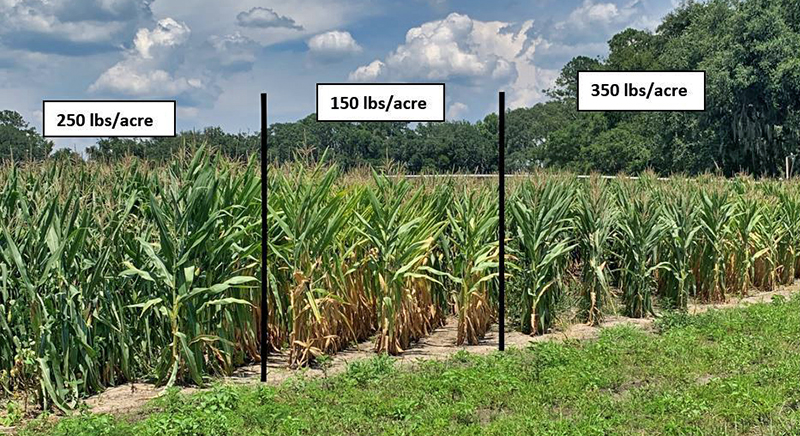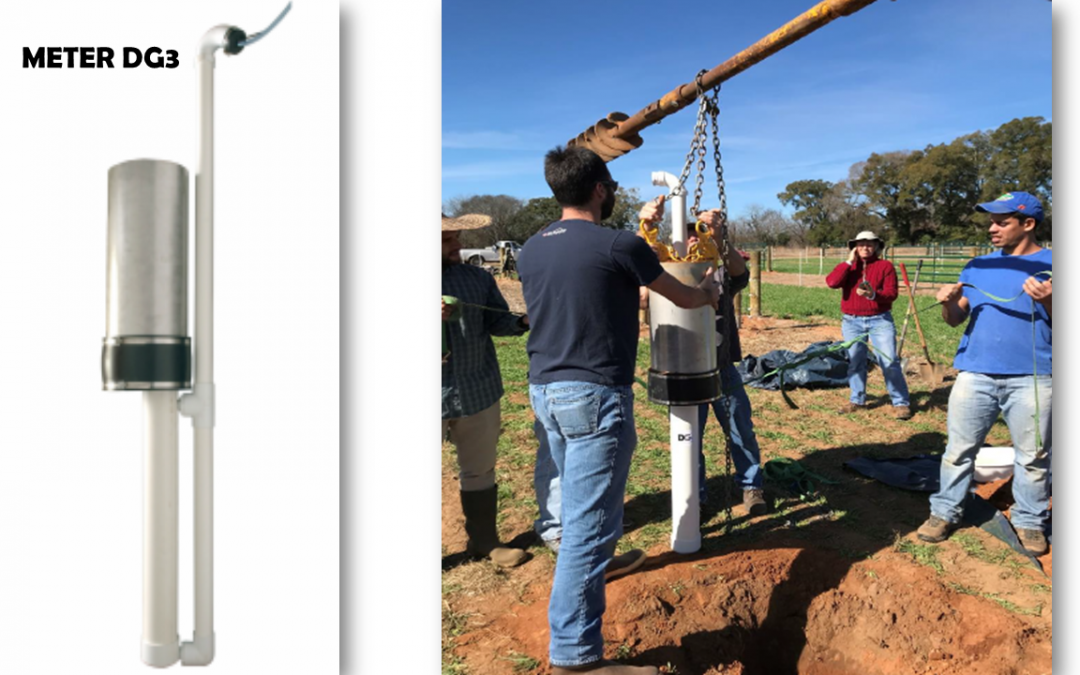
by Doug Mayo | Apr 9, 2021
This week’s featured video highlights the work of a member of the Panhandle Ag Extension Team. Cheryl Mackowiak, UF/IFAS Forage Soil Scientist, and her research team have been evaluating different methods that can be used to minimize nitrate leaching from crop...
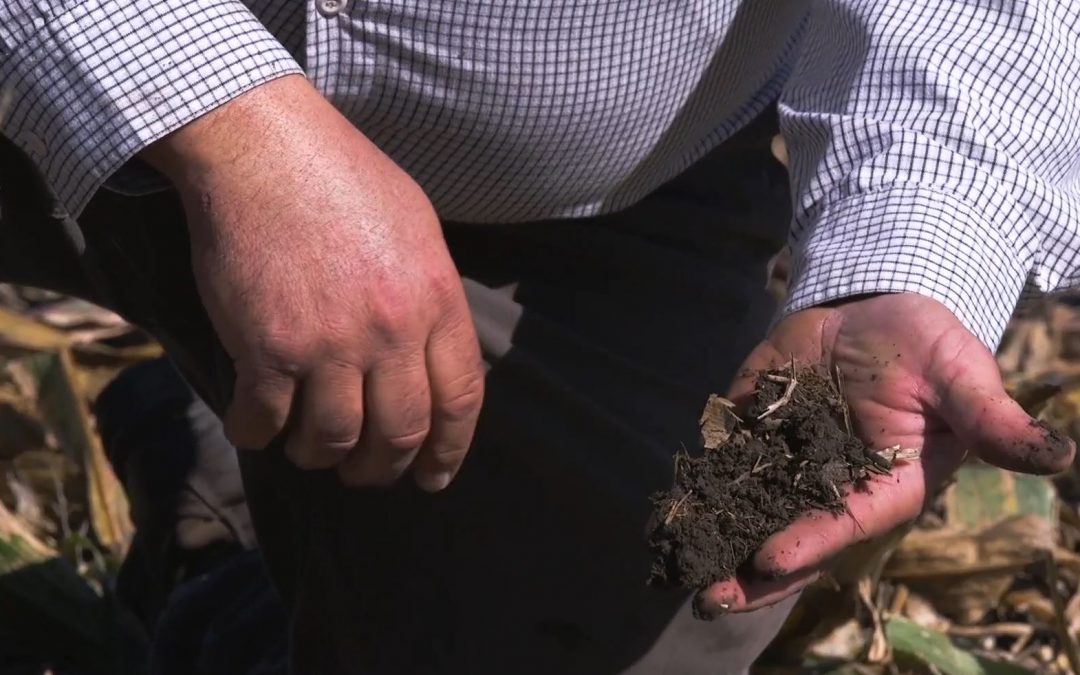
by Doug Mayo | Feb 5, 2021
This week’s featured video was published by the Soil Health Institute to share the huge need to focus on improving the health and productivity of agricultural soils. With an ever growing world population, and shrinking acreage of productive farmland, the only...

by Andrea Albertin | Dec 11, 2020
– Recently I shared an article, “How Does Senate Bill 712 Affect Agricultural Producers?”, that discussed key elements of the Senate Bill 712 “The Clean Waterways Act” and how the bill affects agricultural producers. I wanted to provide...
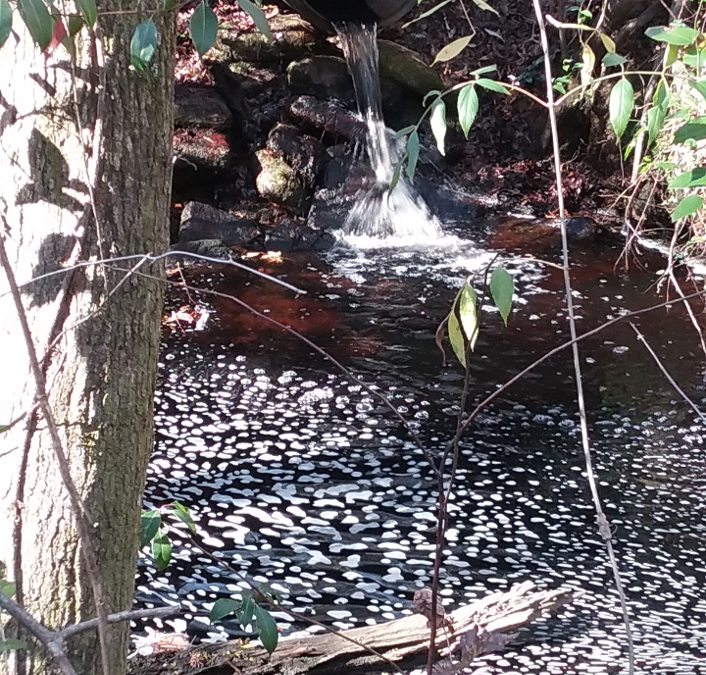
by Andrea Albertin | Nov 20, 2020
– Senate Bill 712, “The Clean Waterways Act,” was signed into Florida law on June 30, 2020. The purpose of the bill was to further protect Florida’s water resources, and focuses on minimizing the impact of known sources of nutrient pollution. These...
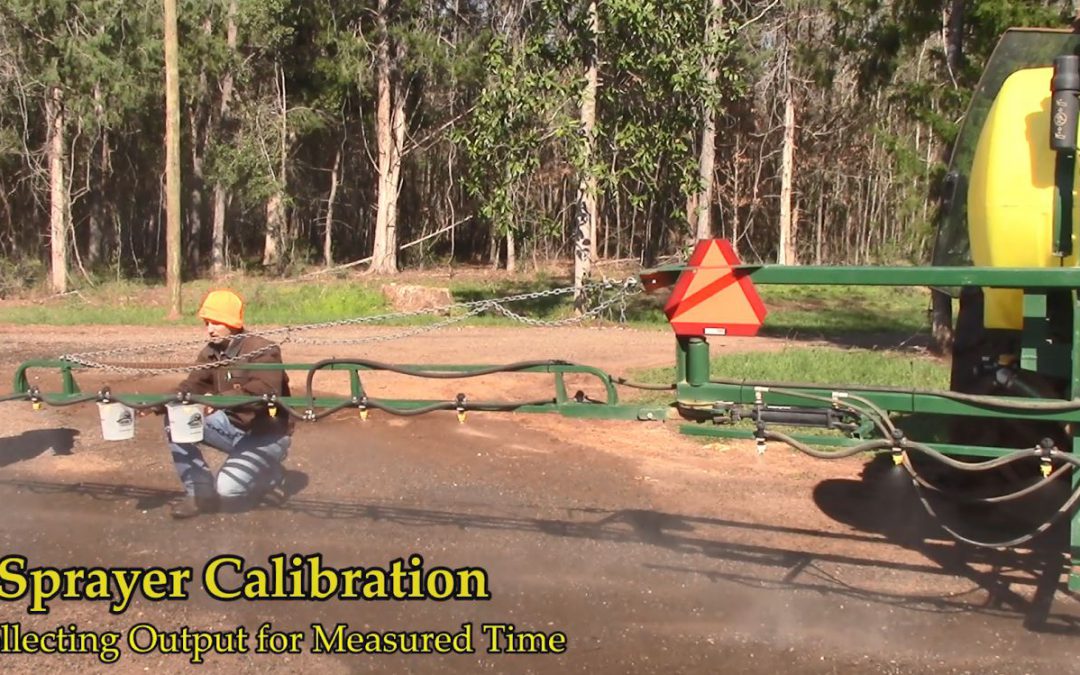
by Michael Mulvaney | Oct 30, 2020
Michael J. Mulvaney, Pratap Devkota, Ethan Carter, De Broughton, Mark Mauldin, UF/IFAS Extension State Specialists, Regional, and County Agents The growing season is winding down, and soon harvest will be complete. This is the time of year to recalibrate your...



